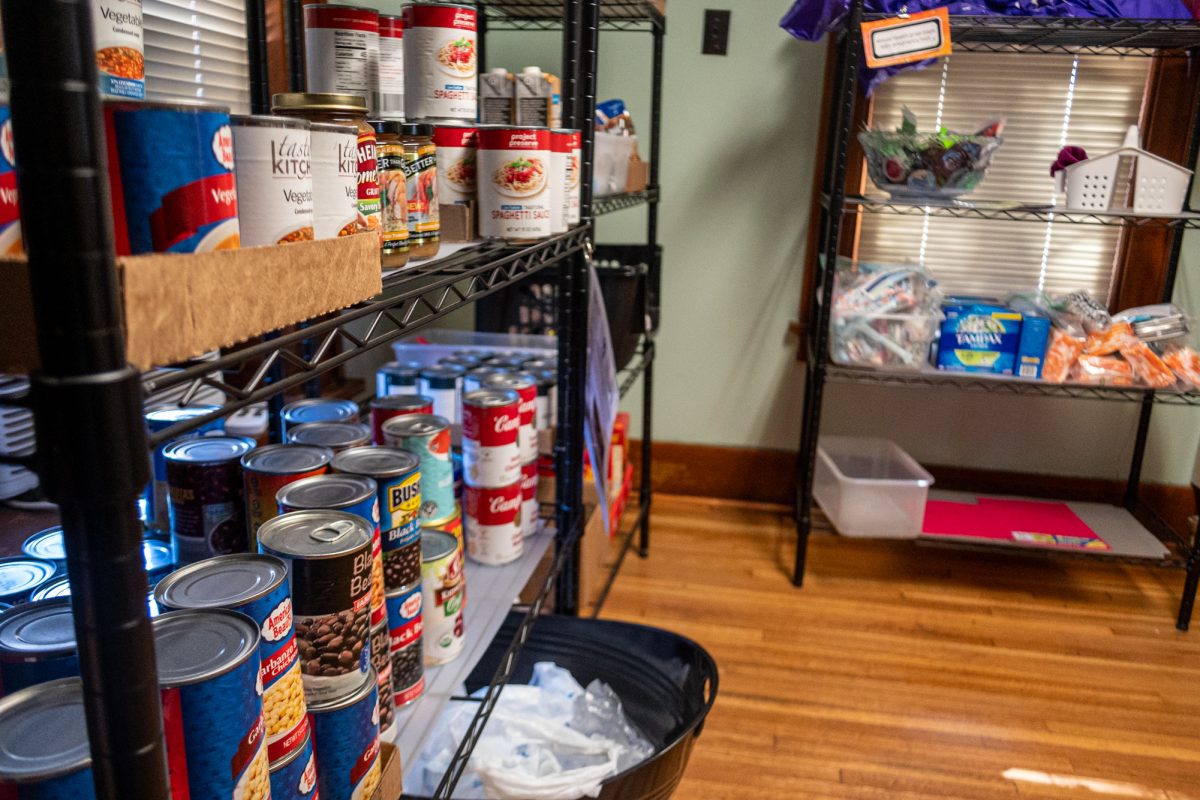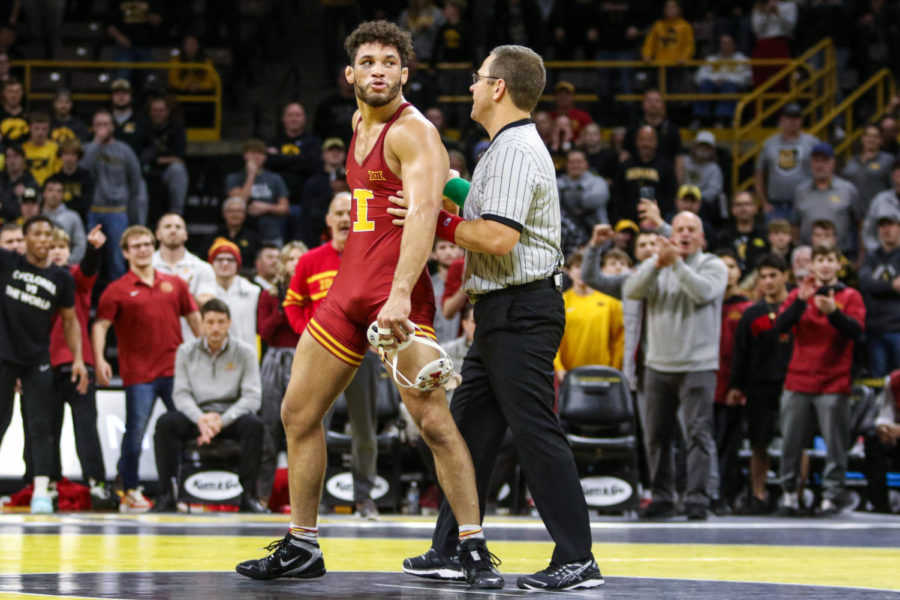American protest
October 6, 1997
I disagree with Michael T. Gardner (ISU Daily, Sept. 30) that “Americans” respect and value positive protest.
Many people on this campus clearly feel threatened when students organize, especially when they are non-majority students with issues not easily understood by the majority.
The protests of the 1960s taught us many things, but we should not forget that peaceful protesters were murdered, beaten down, lynched, imprisoned, disfranchised and had power hoses and dogs unleashed upon them.
Regarding past social movements in the United States and other countries, many protesters stood up and participated in direct action knowing it was possible those actions would result in their death.
In extreme cases, people have marched and organized with the knowledge they would most likely be killed. So I guess one could suggest that is similar to committing suicide.
We do not see their actions or their deaths, however, as dishonorable or un-American. And while people today urge The September 29th Movement to drop the Catt Hall issue because no one cares, we are so grateful and blessed that those who struggled before us did not give up when no one cared or understood.
In a letter from a Birmingham jail, Martin Luther King, Jr. explained, “Nonviolent direct action seeks to create such a crisis and foster such a tension that a community which has constantly refused to negotiate is forced to confront the issue. It seeks so to dramatize the issue that it can no longer be ignored.
“My citing the creation of tension as part of the work of the nonviolent-resister may sound rather shocking. But I must confess that I am not afraid of the word ‘tension.’ I have earnestly opposed violent tension, but there is a type of constructive, nonviolent tension which is necessary for growth.” The nonviolent direct action can be one person’s actions or it can be the action of many.
Unfortunately, many in our present community feel so threatened by the sight of a peaceful protest that they believe the protest, a nonviolent direct action, is coercion.
They liken Allan, on a hunger strike (also a nonviolent direct action), to a terrorist. Due to peaceful protests, the public dialogues about their dissatisfaction with the naming process of Carrie Chapman Catt Hall, and the group’s nonconformist-unregistered status.
The September 29th Movement members were likened to (and treated like) terrorists long before Allan Nosworthy’s hunger strike. Active peaceful protest is tolerated — frequently feared and misunderstood — but hardly welcomed in this country.
And just like with many historical movements, people tend to dwell on the protest,rather than make an effort to understand why its people are or were protesting.
If you have formed your opinions about Catt Hall and The September 29th Movement from only what you read in the Iowa State Daily, then I suggest you have not made a sincere effort to understand — that would come from direct and personal communication and discussions.
Martin Luther King, Jr. expressed, “I have almost reached the regrettable conclusion that the Negro’s great stumbling block in the stride toward freedom is not the White Citizen’s Council-er or the Ku Klux Klanner, but the white moderate who is more devoted to order than to justice; who prefers a negative peace which is the absence of tension to a positive peace which is the presence of justice; who constantly says
“I agree with you in the goal you seek, but I can’t agree with your methods of direct action … Shallow understanding from people of goodwill is more frustrating than absolute misunderstanding from people of ill will. Lukewarm acceptance is much more bewildering than outright rejection.”
And finally, people from the cultures of Ghandi and of honorable suicide live in the United States as citizens and as “Americans.” I hope we do not make those who add so much richness to our culture feel as though they are “un-American.”
Lynn Wellnitz
Ames






